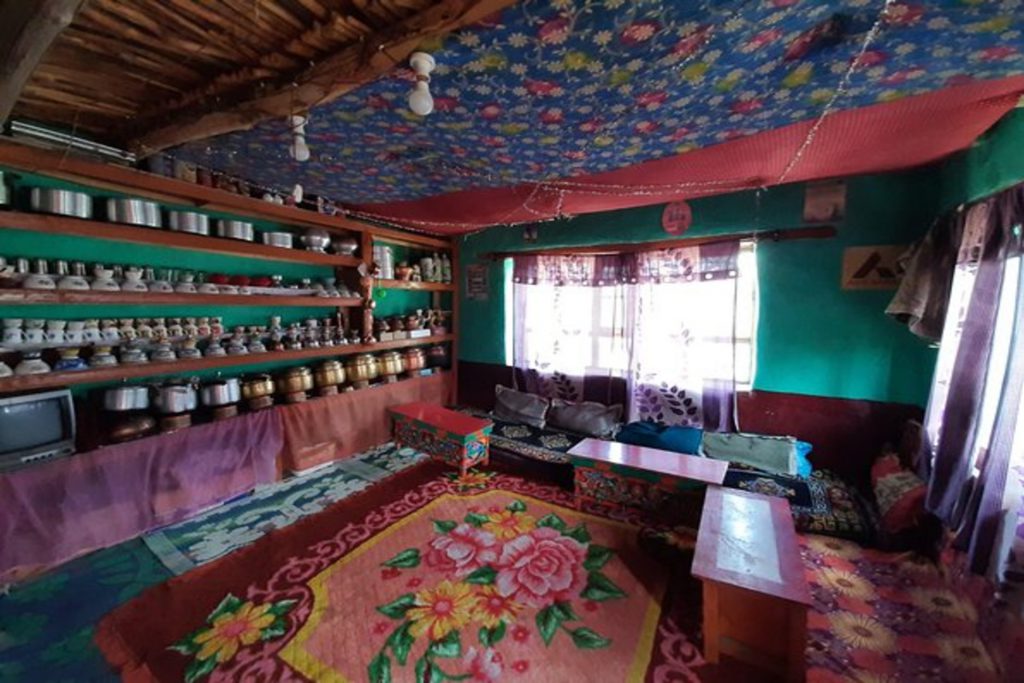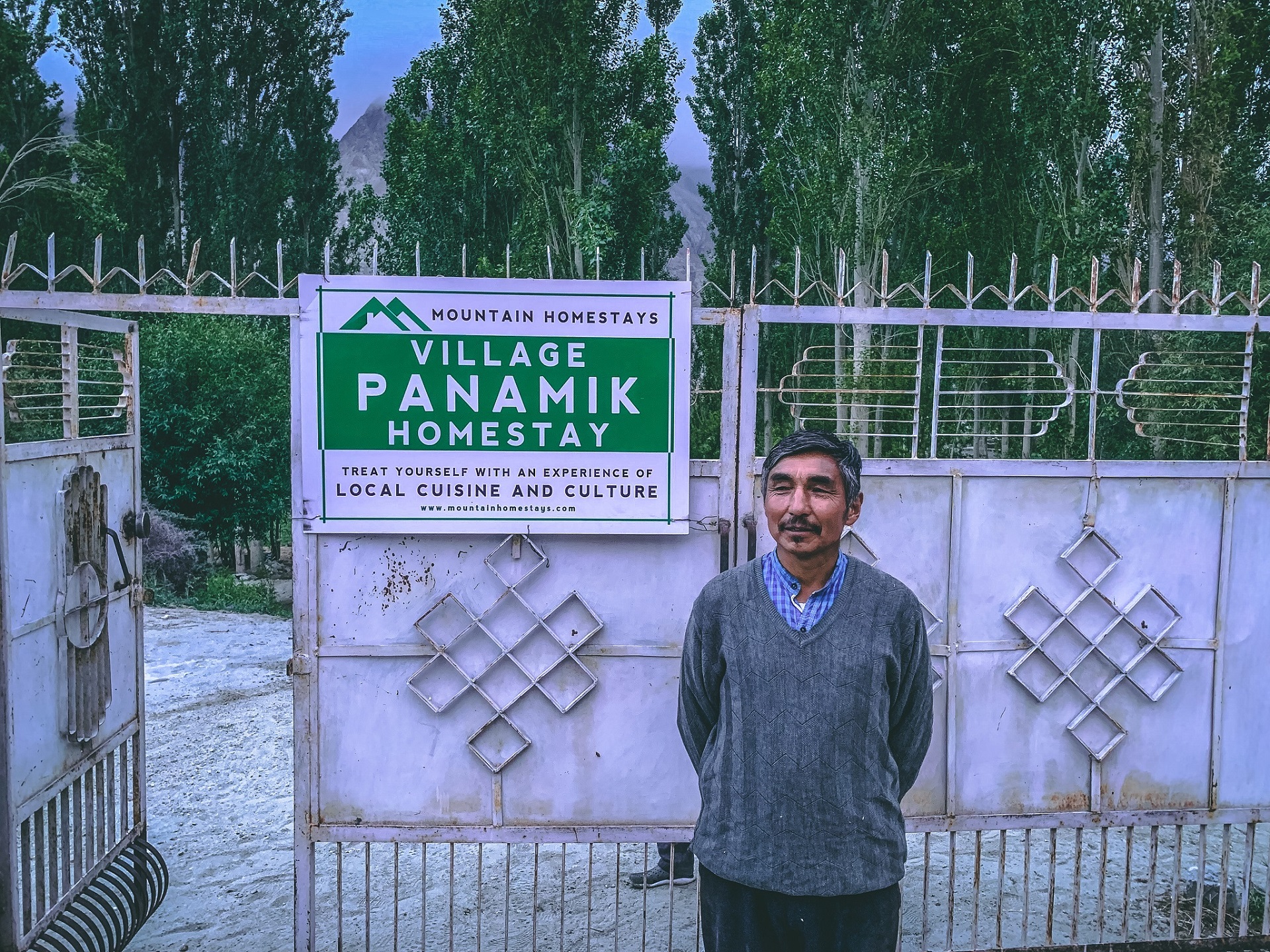How would have the concept of hosting strangers in your house or staying with an unknown family on a vacation sounded a decade back? Hardly anyone would have been comfortable with such a concept. But we have seen people getting comfortable with staying in homestays, using Uber, sharing office spaces, and using many such peer-to-peer platforms. These services have become part of our normal lifestyle and before we realized it, we started relying on these services that are based on the concept of a shared economy.
What is shared economy in tourism?
Shared economy in tourism means creating tourism infrastructure out of the existing local infrastructure that belongs to the local community at the destination. The physical infrastructure such as accommodation, transportation, food services is created using existing or underutilized assets at the destination. The market place where such underused physical assets are shared by locals is called ‘Shared Economy’. Homestay booking platforms, taxi services, local workshops, and experiences, vehicle rentals are a few of the most common shared economy services of the tourism industry. It is a sustainable way of developing tourism infrastructure that keeps the pressure of constructing new buildings away, wisely use of local resources, and provides direct income for local communities.


Would it be part of our new normal?
How the pandemic would affect such newly found sustainable models of economic advancement? While the world is at a stage of estimating the future scenario, few key features of the shared economy proves that it would be essential for tourism in the new normal. The aspects on which the peer-to-peer services are formed have become the prime demands.
1. Transparency among peers
Increased access to information has changed the way people make travel choices. In the conventional methods, travelers used to see the destination through the travel agent’s lens. With more information generation and platforms to share it, people are getting direct visibility and awareness of the different cultures, destinations, experiences, and even the quality of services. This is what the peer-to-peer services are based upon. The platforms providing homestay, cab services, tourism experiences, and guide services provide key information. Details of the host, pictures of rooms where you will be staying in, history of the cab driver, the number of tourists the guide has attended, create a clear picture of the services. The features that these platforms provide increase the scope of information sharing. Few more columns regarding the safety and sanitation standard of the service would be added along with the details such as destination, number of rooms available, duration of experience, price. These would be the most essential information for tourists to make their travel decisions. The platform lets the service provider and consumer connect beforehand that establishes clear communication between the two and creates assurance of safety. Maximum information sharing and letting peers connect provide the transparency that would be the most crucial demand of travelers in the new normal.
2. Conscious sharing
The crux of shared economy platforms in tourism is letting guests use the space or services that belong to locals. The platform would be willing to do so only in the scenario when it has the assurance of the safety of their peers and has a protocol in place. The local service providers would be willing to share the space with outsiders only when they are confident enough in maintaining the required level of sanitation. They would be more cautious about their safety before offering any services to the guests. The locals and the peer-to-peer platforms would be more conscious of offering their services than the guests who would be using those services just for some time. This would make the sharing economy platforms go a step further to follow protocols, educate their peers about the standard procedures, and communicate it to the consumers. This conscious sharing is the most basic requirement of any service in new normal. As the peer-to-peer platforms deal directly with service providers and consumers, they are able to implement and maintain the protocol for conscious sharing.
3. Reviews of past travelers
The hosts that are letting you come in their house, taxi providers that are offering you their service, local experience providers, and the guides that would be traveling with you are the experts in the services they offer. The way they offer their services has made them earn good reviews in the past. Now onwards, the standard of hygiene and sanitation they follow would be reflected in the reviews they would be getting. Reviews are the most important segment of any peer-to-peer platform for travelers to book the service. Reviews that mention hospitality, friendliness, knowledge, food and overall experiences increase or decrease the chances of booking. In the new normal, travelers would be commonly looking for reviews that mention the sanitation, hygiene, and disinfection procedures. Hence, it is not enough for the service providers to be experts in hosting but they need to be experts in sanitation procedures as well. The importance of the review section on the shared economy platforms would create a positive pressure on service providers to maintain the safety standard in all the services.
4. Operational flexibility
On peer-to-peer platforms, the service providers are in charge of their services. There is no pressure on keeping the services available to cater to the demand. This would enable the service providers to keep the buffering window between two bookings. This buffering window gives time to check if there are symptoms appearing and to clean and sanitize the space used by the guests. This buffer window and sanitation procedure followed during this period give assurance to guests that they are coming to a safe place. It is also a good period for the peers to connect and convey important messages and solve the doubts.
5. Communication in advance
One of the prime features of any shared economy platform is that travelers and service providers can connect with each other beforehand. They can directly talk to each other, ask the queries, share the details, and make provisions if required. To develop a sense of safety in guests as well as service providers, it is the most important feature the platforms provide. In the new normal scenario or until we get used to the changing scenarios, any host or guest would be having a lot of doubts regarding travel history, health conditions, facilities available, safety measures followed by host and guests, and many more. The feature enables both the peers to ask all their doubts before they confirm the booking. The information shared at this stage gives confidence to the guest that the host is taking care of all the safety precautions and hosts get to know how to be prepared.
While we think and estimate what the new normal looks like, it is important to note that it won’t be a completely new world out there but just a modified version of what we have created so far. The only important thing to remember is to continue with the sustainable models we have created. As the concept of a shared economy in tourism shows, the new normal would be nothing but practicing and strengthening such sustainable models.


Excellent
Very well explained. It will make an honest attempt to explain “shared economy” concept even to a layman. The concept has been explained neatly in 5 points for the new normal. This article will also encourage hidden sustainable resources within us.